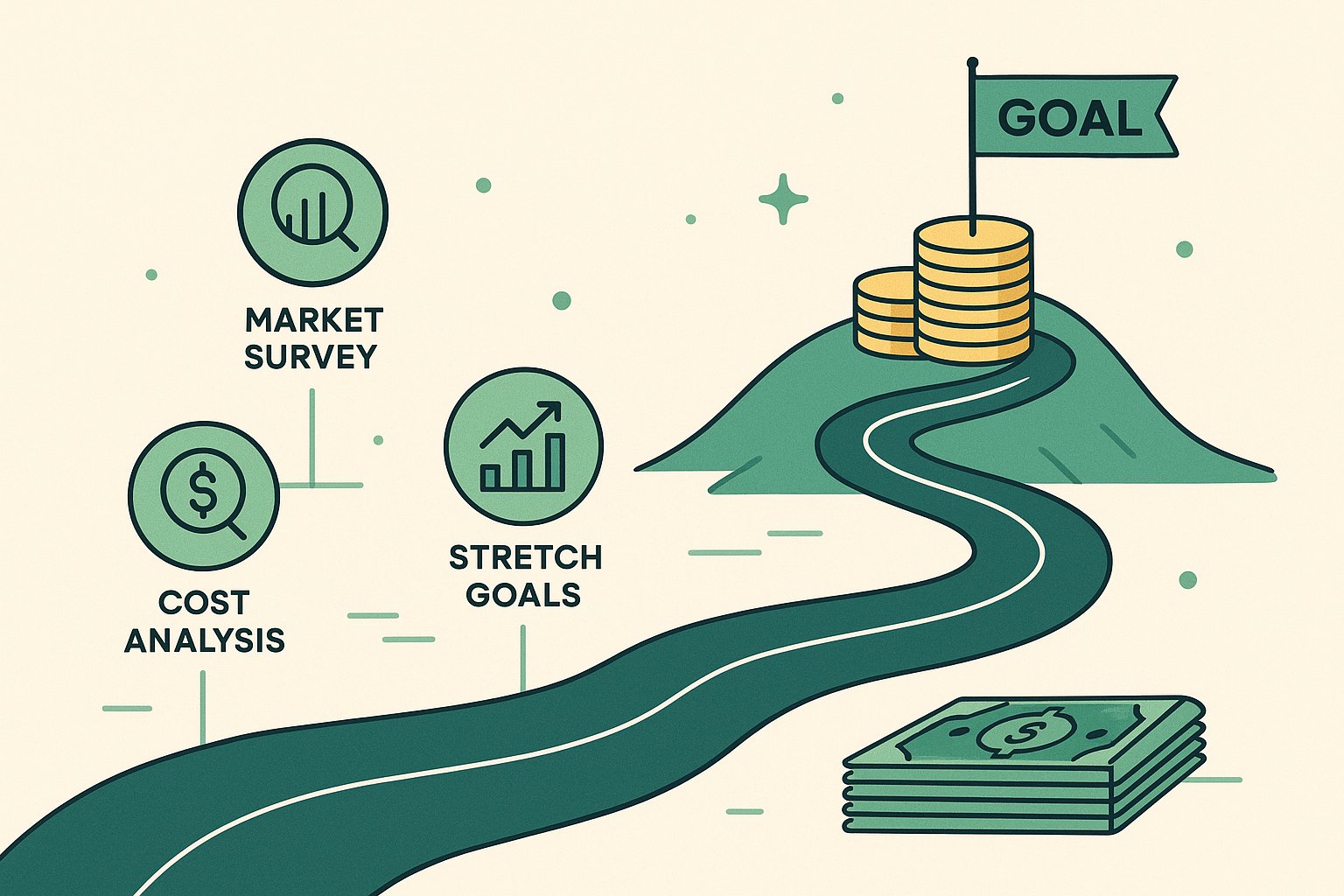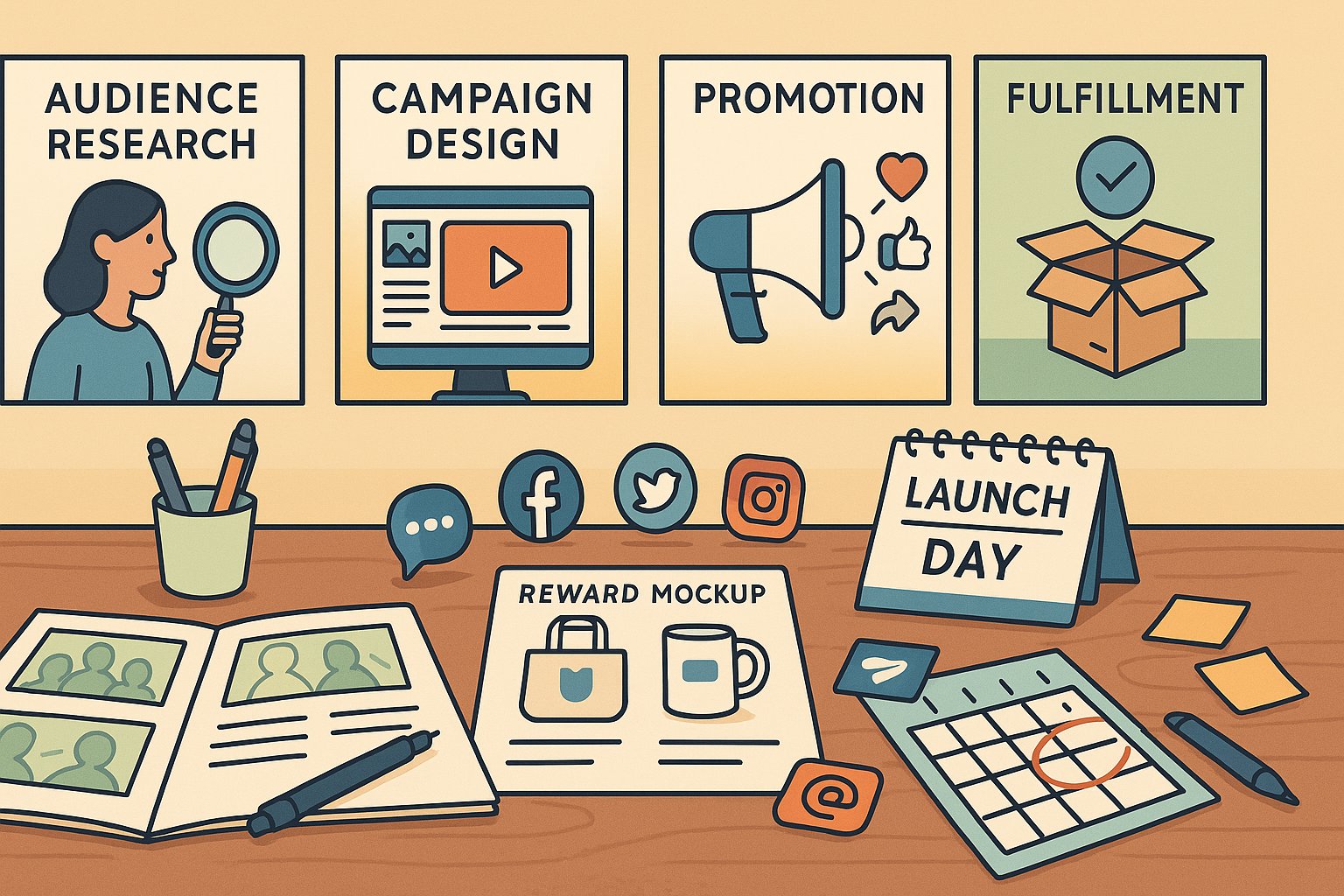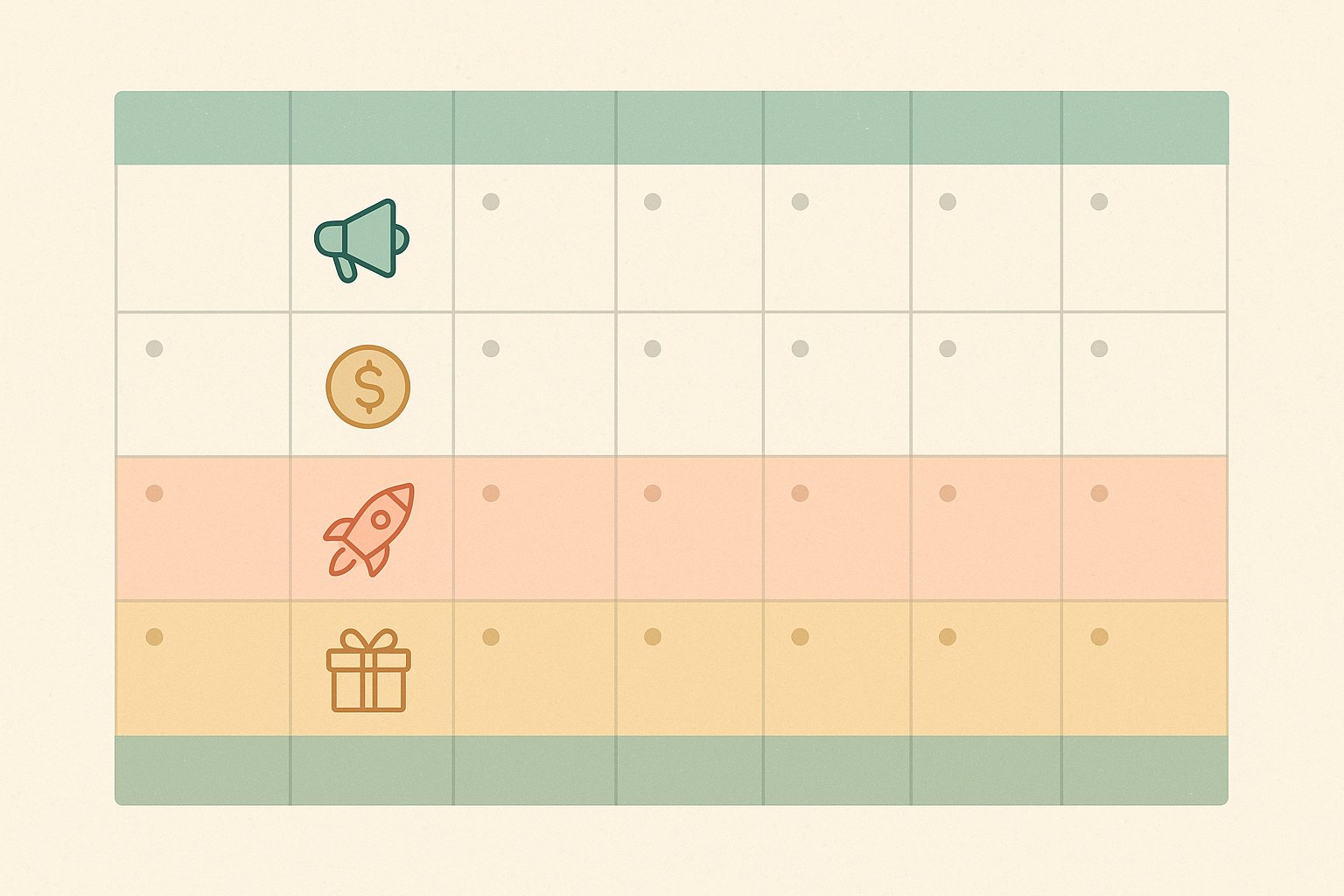The Power of a Well-Defined Funding Goal
Setting the right funding goal is the linchpin of any successful crowdfunding campaign. It signals credibility to potential backers, provides a clear rallying point for your promotional efforts, and ensures you secure enough resources to deliver on promises. An overly ambitious target can discourage early pledges, while a goal set too low risks running out of funds before project completion. In this article, we’ll explore how to craft a funding goal that balances ambition with realism, resonating with backers and powering your vision from inception to fulfillment.
Backers don’t simply see numbers on a progress bar; they respond to stories about why each dollar matters. A thoughtfully chosen funding goal taps into human psychology by creating a sense of shared mission. When supporters know that their contributions will directly enable product manufacturing, content creation, or charitable impact, they feel part of something significant. Setting your funding goal with emotional resonance—explaining the “why” behind every cost—transforms cold figures into a compelling narrative that motivates early pledges and ongoing engagement.
The Influence of Stretch Goals and Milestones
While your primary funding goal establishes the baseline, stretch goals and intermediate milestones keep momentum alive once you surpass initial targets. Defining these secondary objectives in advance signals to backers that your project has growth potential and that additional funds unlock exciting enhancements—be it upgraded materials, extended features, or bonus content. By communicating a tiered roadmap, you not only inspire continued support after the main target is met but also foster a sense of progression, turning backers into advocates who champion your campaign as it evolves.
Breaking Down Project Costs: The Foundation of Your Goal
The most reliable way to determine a funding goal is to start with a comprehensive cost breakdown. List every anticipated expense: research and development, prototyping, raw materials, manufacturing, packaging, shipping, marketing, platform fees, and payment processing charges. Dig into quotes from suppliers and logistics providers to ensure accuracy. By building your goal from these detailed line items, you avoid the common pitfall of underestimating critical costs. This transparent, data-driven approach not only safeguards your budget but also reassures backers that their pledges will be used responsibly.
Accounting for Platform Fees and Payment Processing
Crowdfunding platforms typically charge commissions ranging from 3 to 8 percent, plus payment processing fees of around 2 to 5 percent per transaction. Overlooking these deductions can leave you with a shortfall when it’s time to fulfill rewards. To accommodate these costs, factor platform and processing fees into your funding target rather than treating them as an afterthought. Clearly articulating on your campaign page that a portion of each pledge covers platform expenses builds trust, showing backers you’ve anticipated every financial element necessary to bring the project to fruition.
Building in Contingency for the Unexpected
No matter how meticulously you plan, unforeseen challenges can arise: shipping delays, currency fluctuations, or price hikes from suppliers. To mitigate these risks, incorporate a contingency buffer—typically 10 to 20 percent of your total budget—into your funding goal. This cushion provides breathing room to address hiccups without compromising product quality or delivery timelines. By transparently communicating the purpose of your contingency fund, you convey prudence to backers, demonstrating that you are prepared to navigate obstacles and honor their trust in your project.
Aligning Reward Tiers with Funding Objectives
Your reward structure should reinforce your funding goal by offering backers options that correspond to realistic production volumes and profit margins. Early-bird rewards—limited-quantity, discounted packages—create urgency and help secure initial pledges that drive momentum toward your main target. Mid-level tiers can cover standard production costs, while premium bundles fund stretch goals or value-added enhancements. Aligning each reward tier’s pricing with the underlying cost of goods and desired margins ensures that meeting your funding goal directly translates into efficient production runs and sustainable long-term growth.
Market Research: Benchmarking Against Similar Campaigns
A funding goal grounded in real-world insights outperforms one based solely on gut instinct. Analyze comparable campaigns in your niche, noting their goals, funding outcomes, and backer counts. Examine the relationship between campaign scope—number of reward tiers, project complexity—and achieved funding levels. Pay attention to campaigns that hit similar milestones early, as they reveal effective target-setting strategies. By benchmarking against successful peers, you calibrate your funding goal to market expectations, ensuring your campaign neither underwhelms nor appears overly ambitious to prospective backers.
Psychological Pricing: Round Figures vs. Specific Targets
Humans often perceive round numbers—like $50,000—as milestones that feel attainable upon reaching 80 or 90 percent. Conversely, precise targets—such as $47,652—convey detailed planning and authenticity. Deciding between a rounded or specific funding goal depends on your narrative. A rounded figure can inspire backers to rally around a marquee milestone, while a precise number underscores the care taken in your budget breakdown. Both approaches have merit, so consider your campaign tone: if transparency and financial rigor are central themes, a specific target reinforces your dedication to accuracy.
Testing and Validating Your Goal Pre-Launch
Before going live, validate your funding goal through pre-launch activities. Share a soft announcement with a select group—friends, mentors, or industry peers—and solicit feedback on perceived viability. Create a “coming soon” landing page offering sneak peeks in exchange for email sign-ups, then gauge their enthusiasm and willingness to pledge at various reward levels. Run small-scale surveys or focus groups to confirm that your goal resonates with potential backers. These pre-launch validations refine your target, reveal messaging gaps, and ensure you enter the campaign phase equipped with realistic expectations and early supporters.
Communicating Your Funding Goal to Backers
Transparent communication of your funding goal and its rationale builds credibility. On your campaign page, dedicate a section to explain how you arrived at the target figure, summarizing major budget categories and contingency allowances. Use clear, benefit-focused language: describe how reaching the goal will secure essential materials, cover manufacturing runs, or fund critical testing phases. Visual aids—such as simple cost-breakdown tables—can clarify complex numbers without overwhelming readers. By demystifying your funding goal, you transform backers from passive donors into informed stakeholders invested in your project’s success.
Monitoring Progress and Staying Agile
Once your campaign launches, keep a close eye on funding velocity—the rate at which pledges accumulate over time. Early momentum often influences platform algorithms that feature popular campaigns, so a strong start is vital. If progress stalls, be prepared to adjust strategies: introduce limited-time reward incentives, collaborate with influencers, or refine your messaging. While your funding goal remains fixed, tactical pivots in promotion and engagement can reignite interest. Agility in responding to backer feedback and shifting market conditions ensures you maintain steam toward your target rather than relying solely on pre-campaign assumptions.
Leveraging Milestones to Sustain Momentum
Breaking your overall funding goal into smaller milestones—such as 25, 50, and 75 percent funded—creates psychological incentives for backers. Celebrating each milestone with updates, new stretch goals, or temporary reward enhancements keeps the campaign narrative dynamic. These checkpoints rekindle urgency, reminding potential supporters that their contributions matter in achieving the next tier of rewards. By weaving milestone celebrations into your communication plan, you foster a shared sense of progress that rallies your community, propelling you steadily toward the primary funding goal.
Post-Campaign Reflection and Application
After your campaign concludes, analyze the relationship between your set funding goal and actual performance. Did you achieve or exceed your target? If you fell short, identify the underlying causes: Was your goal overly optimistic? Did you underestimate certain costs? Use these insights to refine future campaign strategies—adjust your budgeting approach, tweak reward structures, or revisit pre-launch validation methods. Successful campaigns provide data on conversion rates, average pledge sizes, and cost margins, all of which serve as valuable benchmarks for setting even more precise and attainable funding goals in your next crowdfunding endeavor.
Mastering the Art of Goal-Setting
Crafting the perfect funding goal is both an art and a science. It requires thorough cost analysis, psychological insight, market benchmarking, and transparent communication—all woven into a narrative that resonates with backers. By accounting for every expense, building in contingency, aligning rewards, and maintaining agility, you set a target that energizes supporters and ensures project viability. As you prepare your next crowdfunding campaign, remember that the right funding goal not only fuels production but also galvanizes a community, turning promising ideas into realized achievements.




